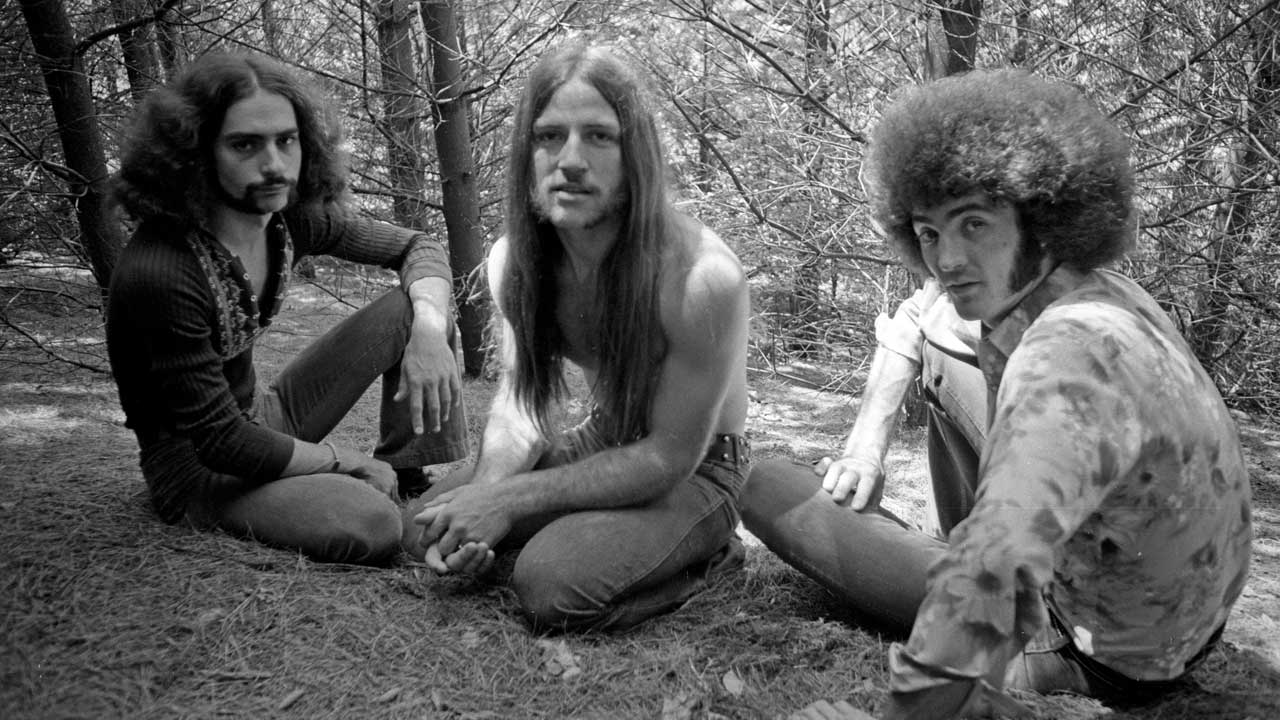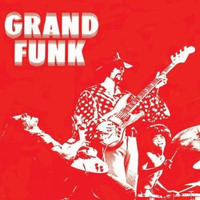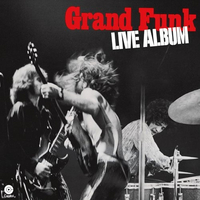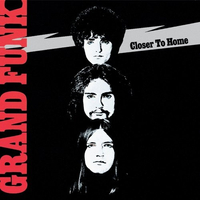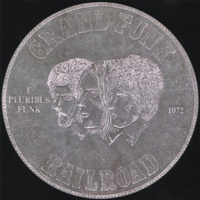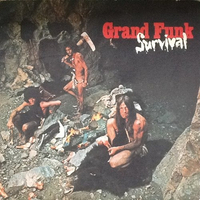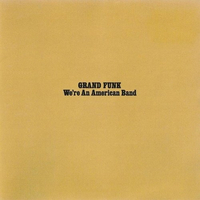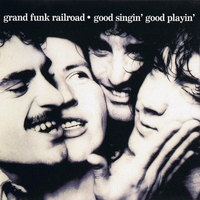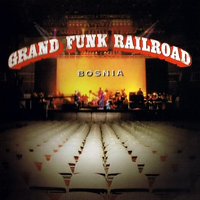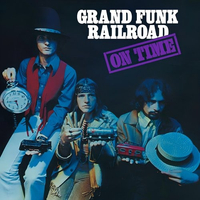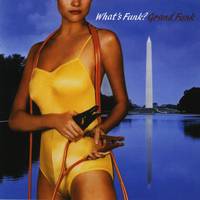“The wild shirtless lyrics of Mark Farner, the bong-rattling bass of Mel Schacher; the competent drum work of Don Brewer.” – Homer Simpson.
It’s difficult to believe today that, for a large part of the early 70s, Grand Funk were the biggest band in America; outselling Deep Purple, Black Sabbath and Led Zeppelin. They were Capitol Records’ second-highest-grossing band next to The Beatles, and were the first US act to have 10 consecutive platinum albums. Yet this success didn’t stop them being critically vilified (Rolling Stone called them “simplistic, talentless, one-dimensional, unmusical”), and today they are remembered only by the American blue-collar, middle-aged masses, and an overweight, simple-minded, hepatic-coloured cartoon character.
“Grand Funk were one of the most hardworking and professional Detroit bands,” noted Meat Loaf, a regular at the legendary Grande Ballroom. “All the other bands watched them in awe and respected them for putting Motor City back on the map.”
Coming from the resolutely working-class environs of Flint, Michigan, Grand Funk began life as an above-average bar band called The Pack, fronted by Terry Knight. When Knight left for New York, the band’s career rapidly went down the tubes. So remaining members Mark Farner and Don Brewer reached out to their old lead singer. Knight agreed to help, on condition that he was allowed complete control as “manager, producer, press spokesman and musical mentor”. So began one of the most successful – though fractious and volatile – careers in rock history.
Recruiting bassist Mel Schacher, they went on the road with a show that had the ferocious energy of a James Brown Revue mixed with raw hard rock. A series of shows at the Atlanta Pop Festival in July 1969 made their name. Knight’s marketing genius combined with relentless touring ensured that by the time they released their first album, On Time, in August ’69 they were well on their way to multi-platinum discs and sellout arenas. A chart phenomenon in America only, they played sold-out shows all over the world.
“Journalists couldn’t feel it, but there was a rawness that went right to our audience,” recalls Brewer. Hail Grand Funk Railroad: the original People’s Band.

...and one to avoid
You can trust Louder Our experienced team has worked for some of the biggest brands in music. From testing headphones to reviewing albums, our experts aim to create reviews you can trust. Find out more about how we review.
